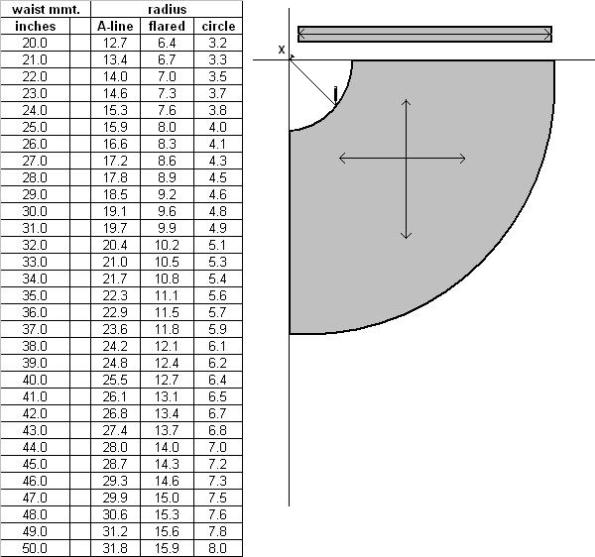Volume is one of the fashion directions for Autumn/Winter 2007. The new volume is dramatic, often shocking in its surprise. But most importantly is it does feel new, modern and forward looking however revived or archive raided.
That ‘bubble’ hasn’t burst for the bubble skirt, according to Armani, who made the shape the foundation of his new silhouette for fall. Extra volume in clothing is everywhere. The general silhouette is showing a growing acceptance of fullness in all areas and whatever your physique, the trick to carrying off volume is to avoid choosing a garment that makes the body look over burdened with masses of fabric.
Milan Fashion Week continued to play with the airy volumes that designers here seem set on carrying forward into Fall ‘07. Armani’s bubble silhouettes weren’t full jack-o’-lantern sized, but slimmer, prettier versions, softly draped at the hem and worn with flats for a youthful look. If you wear the bubble skirt make sure the top half has a closer fitting bodice, sleek jacket or knit. If you have good waist but saddle bag thighs, cover the thighs with a cinched waist fuller skirt with hemline interest. Many in the collections featured hemline interest trimmed in velvets, fur, or lace.
THE BOUFFANT SKIRT PATTERN
Drafting Method (overskirt):
1. Square the line A-B-C at right angles (90°) on kraft paper.
2. The waist measurement multiplied by 2 divided by 22 multiplied by 7 will equal the radius which is applied from point A to point D.
For example:
The waist measurement
= 66 cm (26”) x 2 = 132 cm (52”)
Divided by 22 = 6 cm (2 1/4”)
Multiplied by 7 = 42 cm (16 ½”)
Therefore D from A = 42 cm (16 ½”)
3. Swing an arc A through D to establish E. This is the waistline.
4. Swing an arc through B for the required skirt length plus 30 cm ( 12”) for blousing. Mark point C. This is the hemline.
5. The skirt is bias-cut with the centerfront grainline established at 45° angle at point A. This pattern is cut 2X. NOTE: Use a crisp textured fashion fabric for best results.
6. Reduce the hem via darts which must be evenly spaced as the diagram illustrates, to approximately half its circumference.
7. Prepare the underskirt to the appropriate length. (reduce skirt length by 10 cm (4”) to create the blousing.
8. Stitch seams along B-D and C-E. Gather overskirt at the hem and the waist to fit the underskirt. Set into a waistband.





